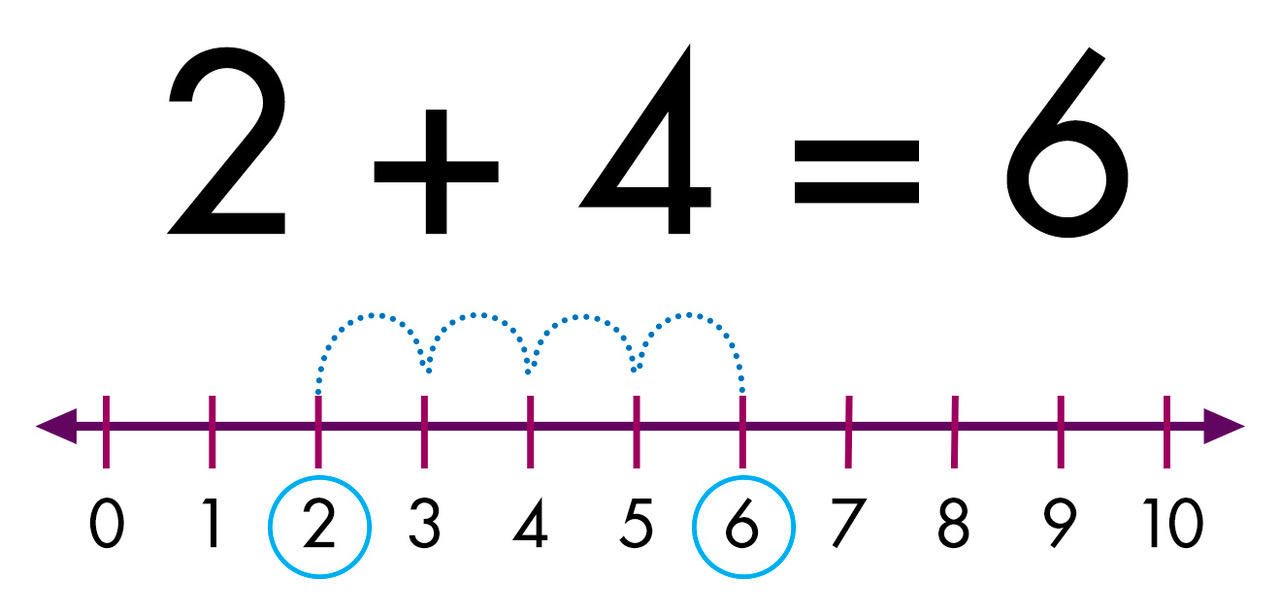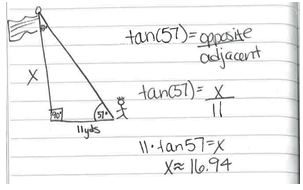As a parent, what is my role, and what can I do to best support my child’s education?
Page 6: How Can I Support My Child in Math?
 There are probably plenty of thoughts going through your head right now.
There are probably plenty of thoughts going through your head right now.
“Do I really have to teach my child math?
“I don’t understand Common Core math!”
“What are ten frames?”
OK, take a deep breath! Here’s the good news: You are not responsible for teaching your child math.
But, wait, here’s even more good news: Even if you yourself are not good at math, you can still support your child’s learning. It’s easier than you think!
Supporting Learning at Home
Although this page will focus on math, you might also consider how to:
- Get your child ready to learn. For information on getting your child ready to learn, see Page 2.
- Set routines and behavior expectations. For more information on how to do this, see Page 3.
- Find out what your child should be learning. For more about how to find out what your child should be learning, see Page 4.
- Balance learning with social and emotional needs. For more on how to support your child socially and emotionally, see Page 7.
Tip
Remember that all children are different. What works for one might not work for another. So always take time to think about what is working for your child and what isn’t. If one thing doesn’t go so well, try something different.
Now, depending on your circumstances, you might be helping your child with math that the teacher has assigned or recommended, or you might be coming up with your own learning activities. Either way, you are probably facing some of the common challenges described below. Click on each of them for some tips that can be helpful for all children, including those who don’t like math or who have trouble with math.
This is not uncommon for kids of all ages. Although some children just don’t like math, others actually have math anxiety—they get nervous or upset when they have to do math. Believe us, we can relate. Here are some ways that you might be able to help.
Show your child that math is useful. Let your child know that math is important, and talk about the ways you use it in everyday life. You use math to figure out how much something you want to buy costs if it is 20% off, and you use it to decide how long it will take to drive somewhere and how much gas to buy. Want to bake your own chocolate brownies? If you’re using a recipe, you’re going to be using math.
Make it fun, interesting, and meaningful. If your child finds math boring, try to connect it to something she is interested in or finds important. For example, if your child is having trouble solving the problem 12÷4, you might ask her to split a box of 12 cookies equally between her and her three brothers and sisters. Maybe your child is really interested in soccer or horses. Think about changing the problems to include those interests.
Be positive and encouraging. When you talk with your child, don’t share any negative feelings that you might have about math. Also, don’t forget to praise your child for trying hard and doing his best.
Suggest that your child takes a break. Once a child becomes frustrated, she is likely to make more mistakes. A short break will often help.
Ask questions. Sometimes your child might be getting the wrong answer because of one little mistake or a simple misunderstanding. Ask him questions, such as “How did you get that answer?” Understanding how he got the answer might help you get him back on track.
Practice counting objects. Ask your child to count things in your house or yard, or even in a book. One way your child can keep track is by holding up one finger for each object counted. Make sure your child is counting each object only once.
Practice sorting objects. After counting objects, your child can also sort them by size, color, or shape. For example, if you ask your child to find 10 rocks, she can then sort the rocks into categories (big or little, smooth or rough).
Use objects to show your child how to add and subtract. Young children have a hard time understanding what numbers mean. It is easier for them to understand how to add and subtract numbers if you use objects, sometimes called manipulatives. You can use any small objects around your house, such as blocks, pieces of candy or cereal, or toy cars. To learn how, watch this video.
Ask your child questions. You can add math practice into anything you and your child are doing. Most young children like to talk and to be helpful, so all you have to do is ask a question, for example, “How many stuffed animals are on your bed?” or “How many forks and spoons are on the table?”
Practice identifying shapes. You can do this in a lot of ways. When reading a book to your child, ask her to identify shapes in the pictures. You can also ask your child to go on a treasure hunt in your house and find objects with certain shapes.
Talk about shapes. As you talk with your child:
- Say the name of each shape.
- Point out what makes each shape special. For example, “Triangles always have three sides” or “Squares have four equal sides.”
Create patterns. Kids love being creative. Let them have fun creating different patterns with blocks. If you can go outside, they could even draw shapes and patterns on the sidewalk with chalk.
For Your Information
Visual representations can be used with:
- Young children and those in early grades to help learn basic facts
- Students in higher grades who struggle with math
- Older students working on advanced problems
Sometimes it is much easier for a child to understand and solve a problem if they have a visual representation—something that they can see that helps explain the problem. Here are a few ideas.
Use a number line. You can use a number line to teach a child how to solve an addition or subtraction problem.

Use small objects. Children in early grades can use objects—often called manipulatives in math—to solve addition, subtraction, multiplication, and division problems. To learn how to do this, view the following short videos:
Use a simple drawing. Drawings can be used by all students to solve problems.
Simple Addition Problem
![]()
Geometry Problem

Helpful Resources About Using Visual Representations
Using Visual Representations to Assist Elementary and Middle School Students Struggling with Math:This one-page handout shows you how to use a number line, objects, and drawings to support math instruction.
7 Math Tools for Grade-Schoolers You Can Find at Home: Having a hard time finding objects around the house to use as manipulatives? This website can help.
You can help your child learn and remember basic math facts by taking a few minutes—about 10 minutes—each day to practice. Here are a few ideas.
Use flashcards. Buy or make flashcards to help your child learn basic addition, subtraction, multiplication, and division problems. There are also online resources for creating both virtual and printable flashcards.
Use games. Many online games can make practice with math facts fun.
What Are Parents Saying?
In Math Homework Almost Broke Me, a father shares his strategies for helping his son learn upside-down division.
The way your child is learning to solve a problem is probably very different from the way you were taught. This can make it harder to help your child with math, which can be frustrating and stressful for both of you. Here are a few ideas that might help.
Stay calm. Getting upset only leads to both you and your child getting more upset and frustrated.
Seek help. If you don’t understand how your child is expected to solve a problem, you can:
- Contact his teacher for help.
- Use online resources, such as Khan Academy, that explain how to solve all types of math problems across all grade levels.
- Ask older kids to explain how to solve the problem.
Learn it together. When you and your child are struggling to understand how to solve a math problem, you might want to learn together. Again, online resources, such as Khan Academy, explain how to solve math problems in easy-to-understand ways.
Ask your child to explain. This will help you become familiar with all the new math vocabulary and concepts. It will also help your child think about how to solve the problem.
Have your child call a friend. At school, kids often work with a friend or in groups to solve problems. A friend might be able to explain how to solve the problem better than a parent is able to. Better yet, maybe the two kids can figure it out together.